Finding the best pair of jeans to add to your collection is essential, regardless of whether men’s or women’s while working in the yard or going out for a fun night with friends. This writing will teach you the fundamentals of machinewash blue jeans, as well as black jeans, and white jeans, and what to do when you get a new pair of jeans. Additionally, you will learn how to wash with powder or liquid detergent.
machine washing powder detergent
Jeans may be washed in a washing machine, and they should do so whenever they get dirty. If your jeans haven’t been significantly stained, you should be able to wear them more than once in between washings to help keep their color and lessen the amount of wear and tear caused by everyday use. However, if you find that you need to clean your jeans more regularly, washing them in cold water, zipping them up, and turning them inside out might help preserve the fabric and prevent fading. Three easy steps for washing jeans Jeans used to be thought of as basic, durable work clothes, but now they come in a huge variety of styles and colors. Before you wash or dry jeans, you should always check the care instructions. However, there are a few simple steps that work for all types of denim. Step 1. Use a delicate or gentle cycle Denim may seem like a tough fabric, but that doesn’t mean you should use a heavy-duty wash cycle. Use cold water and a delicate or gentle cycle instead to keep your clothes from shrinking or fading. If your jeans are blue or black, choose a mild detergent, like one made just for dark clothes. Step 2. Wash jeans on their own and inside out. When you wash your jeans, turn them inside out to protect the fibers on the outside from friction and direct exposure to detergent. This helps keep the jeans from fading. But jeans sometimes bleed color, especially if they are new. Before you put your jeans in the laundry, read the care instructions to see if you need to wash them separately first. If you have to wash your jeans with other clothes, try to wash them with other jeans or clothes that are the same color. Step 3. You can let your jeans dry naturally or use a no-heat cycle. When you put your jeans in the dryer, the direct heat can shrink, fade, or yellow the denim. It can also damage stretch denim that has spandex or Lycra in it. If you have to use a dryer, choose a low-heat or no-heat cycle and use dryer balls to keep your jeans tumbling. The best way to dry jeans is to hang them up and let them dry in the air: Take the jeans out while they are still a little wet, stretch the seams, and hang them up to dry the rest of the way. Once your jeans are dry, you can hang them up or fold them to put them in a drawer or on a shelf.
Best machinewash liquid detergent for women’s jeans
If you don’t have the best detergent for jeans, there’s a strong chance that after a few washes, your pants won’t look as beautiful as they did when you initially got them. This is because the best detergent for jeans helps maintain the denim’s original color and texture. On the other hand, purchasing a brand new pair of women’s jeans could provide you with an amazing feeling. Even though it is a reality that washing your clothing will undoubtedly cause the color to fade, it is crucial to be aware that there are numerous machinewash liquid detergents that can be used to prolong the brand-new look and feel of denim. This is something that you should be aware of. The five best detergents to use for washing jeans are listed below in the order in which they are recommended. These detergents may be used to clean jeans of any hue, including black, blue, and a variety of other colors. Additionally, you may use these detergents to wash your hands and jeans in a washing machine at the same time without any adverse effects. However, before you put your different kinds of denim in the washing machine or soak them in water, you need to make sure that you have carefully read the care labels that are attached to them. This is something that we cannot emphasize enough.
Stain Removing Liquid Detergent: This powerful detergent is able to eliminate tenacious stains (like the ketchup that fell from your sandwich into your lap, for example) while also improving the color of the denim. It is appropriate for washing any and all varieties of denim.
Dark & Denim Color Protector: It is possible to use this color protector and stain remover on even the darkest denim washes without the risk of harming the fabric, and it ensures that dark items keep their crisp appearance wash after wash.
Fragrance-Free Detergent: Because it does not include any colors, optical brighteners, or synthetic fragrances, this detergent is an excellent choice for extending the life of your denim and safeguarding its overall quality.
Cold Water Detergent: Even when combined with water of a lower temperature, this detergent still manages to perform an exhaustive cleaning, and it also works to remove some of the chlorine that is included in the wash water. One of the factors that might contribute to the finish of a pair of jeans becoming less vibrant over time is chlorine.
Downy Fabric Conditioner: The use of this particular fabric softener protects the fibers of the denim and lends the garment a gorgeous, worn-in appearance as well as a pleasant feel after it has been used for some time. As a direct result of this, the bottoms take on the appearance and sensation of having been bought just a short while ago.
Best machinewash powder for men’s jeans
There is no difference between men’s and women’s jeans fabrics and we can use the best machinewash detergents for washing both. But cleaning jeans needs to consider some tips that help us to increase the lifetime of our clothes. Here we want to talk more about them.
Washing Your Jeans in a Machine: Read the care label before washing your jeans. Turn them inside out and wash them in the machine if permitted. Wash your jeans without any light-colored clothes. Your jeans may run. It’s preferable to wash jeans separately or with other dark clothes. Apply detergent. Use Surf Excel Matic Liquid. Specially developed for washing machines, it prolongs their life. Set the machine on regular or heavy depending on how dirty it is. Use ice water. It’s best to remove jeans from the dryer when still moist. Smooth its wrinkles and folds by stretching fabric out on a flat surface. So you may keep your jeans’ form longer.
Washing Your Jeans by Hand: Embroidered or sequined jeans must be hand-washed. Washing machine tumble may ruin delicate needlework. Read the care label to determine the ideal water temperature for washing your jeans. Water a bucket. Add soap. If you prefer hand washing, try Surf Excel Easy Wash. It’s market-ready. Check the package for instructions. Twirl the water to dissolve it. 15 to 20 minutes. Drain your jeans. Brush the jeans to remove detergent residue and debris. 15 minutes more in clean water. Roll wet jeans and dry them outside.
Washing Your Jeans for the First Time: If it’s a brand new pair of jeans, we recommend that you wash them by hand the very first time. Make sure you read the care label on the garment. Before washing them, make sure they are turned inside out. You need to wash your new jeans in a separate load of laundry to prevent the dye from transferring to any of the other things in your wash. After you’re done cleaning, give them a good rinse in the water. There shouldn’t be any residue from the detergent. They should be hung on a clothesline that is out of direct sunshine. Make sure that the room has enough ventilation.
Drying Your Jeans: It’s not enough to wash jeans. You must also know how to dry your jeans properly to maintain them in great condition. You must use a delicate cycle with low heat unless the clothes label states different. Too much dryer heat may destroy jeans. The heat will destroy stretchy jeans. When jeans are somewhat moist, take them from the dryer. Smooth out your jeans’ wrinkles and lay them flat. Doing so will help your jeans last longer.
When and How Often to Wash Your Jeans: On the whole, you should wash your jeans anywhere from three to six times after you’ve worn them. If you put a lot of wear and tear on your jeans, the easiest way to care for them is to wash them every three times you wear them. If, on the other hand, you only put it on very seldom, you may be able to get away with not washing it until it has been worn five or six times before it begins to smell. If you wash your jeans too often without allowing them enough time to break in, you run the risk of destroying the fabric of your pants.
Liquid detergent for jeans
Jeans are lovely and also delicate garments that should be washed very carefully and apart from the appropriate detergent, powder, or liquid, we must think about other types of washing. In the following, we discuss the new washing methods for washing all types of jeans. Soak in the cold Put your jeans in the bathtub, fill them with cold water, and let them soak there for a while without using any kind of detergent. Then, hang them up to dry. There won’t be much color loss since there won’t be any scrubbing or hot water involved. If, however, you have any stains that are difficult to remove, you will most likely want something more rigorous to eliminate them. Because new jeans, particularly ones that are not “sanforized,” also known as not having been pre-shrunk, may shrink and stretch by an unexpectedly large amount, this is mostly done in order to shrink your jeans without causing any color loss. Washing the beach Wear your jeans as you swim in the water the next time you go to the beach; this will provide for a more comfortable experience. When you finally emerge from the water, spread sand all over the wet denim, and then wear them while they dry. It’s not a joke—this is something that some individuals do in real life. It is said that the abrasive sand removes the pigment in a certain manner, and there is a certain attraction of being a wild guy that comes with having an ocean wash. However, this is really insane, and we’re ready to bet that your trousers will wind up being a lot dirtier after your trip to the beach than they were before you were there. The standard wash Nothing shocking to report here; just toss it in the washing machine along with the rest of your laundry, add some soap, and run it through the hot water cycle. It is simple, to be sure, but doing so will not be beneficial to your jeans or the rest of your wardrobe, since the indigo dye from your jeans will transfer to the other items of your clothing in significant amounts. The hot water can cause your denim to fade early, and even if you’re not a raw denim fanatic, it will still reduce the amount of time your jeans may remain in good condition. The dark blue jeans that you wear to the workplace may lose their crisp, inky appearance after too many washes. Freezing To kill germs, fold your jeans and put them in the freezer overnight. This sounds great, doesn’t it? In theory, it’s easy, kills bacteria (and, by extension, bad smells), and won’t change the color at all. The problem is that it doesn’t work. Even though it might kill most of the bacteria, it probably won’t kill all of them because bacteria are hardy and your freezer isn’t cold enough to do the job. And since freezing doesn’t get rid of dead skin and dirt, which bacteria love, the survivors will quickly start making more of themselves.
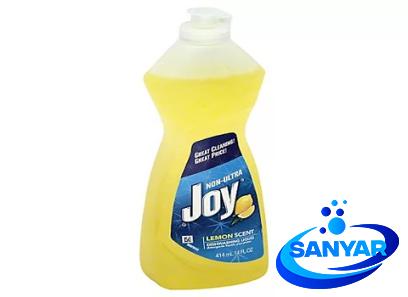
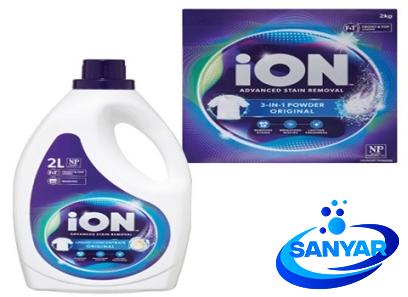

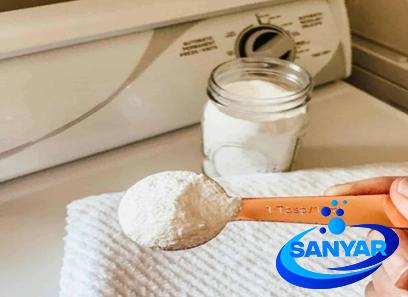
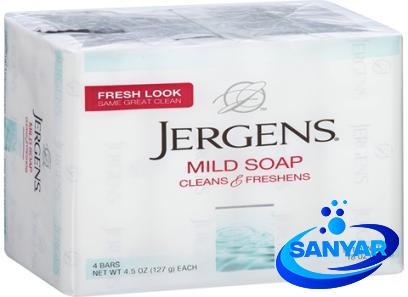
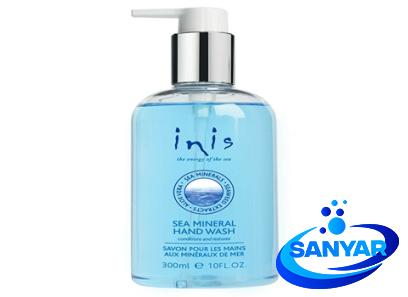
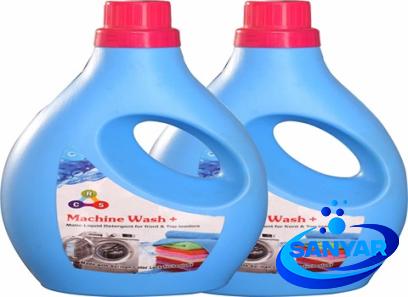
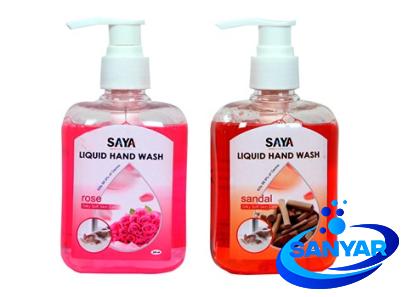

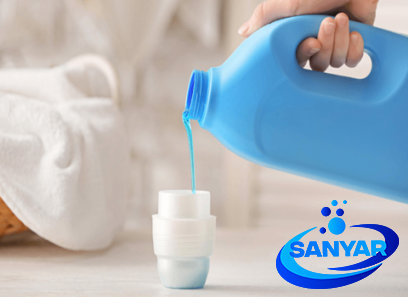
Your comment submitted.